美药物滥用怪中国 海峡时报前总编驳斥
(观察者网讯)
近日,新加坡《海峡时报》前总编冯元良(Leslie Fong)在《海峡时报》发表《关税、阿片类药物和鸦片之间的奇怪联系》一文,文章主要观点如下:
一、特朗普将美国国内的阿片类药物滥用危机,同全球两大经济体之间的贸易问题挂钩,令人费解
当全世界都认为中美在上海最新一轮贸易谈判进展顺利之时,特朗普却抛出一枚炸弹,宣布拟于9月1日起对中国3000亿美元商品加征关税。特朗普将“中国不阻止芬太尼流入美国”作为加征关税的理由之一,其实是将美国国内的阿片类药物滥用危机,上升为中美之间的贸易争端。特朗普将这两者联系起来,令人匪夷所思。这对世界其他国家而言,也开了一个危险的先例。如果肥胖成为美国的严重问题,特朗普会要求法国和比利时减少巧克力生产和出口吗?
特朗普这样做想在中美贸易战中达到什么目的?如果这是他的谈判策略,那么迄今为止的记录表明,这不大可能奏效。中国政府不会在别人拿枪指着自己脑袋时进行谈判。可以肯定的是,特朗普的声明让全世界投资者损失了数十亿美元,但那些做空的投资者将一路笑着走进银行。这点很蹊跷,如果有企业和个人因为特朗普的突然宣布而大赚一笔,他们会是谁?
二、美国阿片类药物滥用危机是美国的制药公司和医生造成的,美国却把该问题的责任推给中国,这是虚伪的
美国出现阿片类药物危机,起初的原因是阿片类药物制药公司未对药物致瘾性发出足够警告,甚至还向医生提供激励,让其多开这种药,医生也这么照做了。当阿片类药物成瘾现象变得越来越普遍,再也无法被忽视时,美国政府才开始限制阿片类处方药物。于是瘾君子转而寻求非法替代药物,包括羟考酮、芬太尼、曲马多等。特朗普2017年就宣布美国阿片类药物滥用危机进入公共卫生紧急状态。特朗普还把矛头对准了这些替代药物的主要供应国,包括墨西哥和中国。
事实上,芬太尼的合成并不难。只要能获取合成原料,药剂师在学校实验室里就可以合成。而合成芬太尼的主要成分N苯乙基-4-哌啶酮(NPP)很容易从汉堡或海德拉巴的小型商业实验室购买到。小包装的芬太尼可以从任何地方寄往美国。美国如果不解决好自己的问题,仍然无法应对好阿片类药物滥用危机。
三、中国在芬太尼问题上已经做了足够多的工作,美国的指责毫无道理
去年12月中美两国元首会晤后,中国应美国要求管制了芬太尼及类似药物的生产。或许中国是出于对“好朋友”的帮助,或许是因为芬太尼在中国对美出口清单上从未占据重要位置。无论如何,中国确实禁止了这种药物的生产。同时从另一个角度看,对中国政府来说,监管全国成千上万个小型实验室面临不小困难。即使这样,中国已经做得够多了,通过管制NPP和芬太尼合成所需的化学品的供应,管控药品合成生产。阿片类药物滥用原本是美国自己造成的问题,而中国却为此动用了大量执法资源。
四、美国在芬太尼问题上的困境具有历史讽刺意味
19世纪,除了英国,美国公司也从对华鸦片贸易中获得巨额利润。美国历史学家斯蒂芬·普拉特在其关于中国和鸦片战争的著作《帝国的黄昏》中指出,一家名为罗素的美国贸易公司占对华鸦片销量的五分之一以上。以1838年为例,4万箱鸦片被运往中国,每箱鸦片重达64公斤、价值680美元。塞伦的埃利亚斯·德比和纽约的雅各布·阿斯特从对华鸦片生意中发家,分别成为美国的第一个百万富翁和第一个千万富翁。在不到200年后的今天,美国将本国制药公司和医生引发的药物滥用归咎于中国。这是不是报应?
以下为冯元良原文:
The strange link between tariffs, opioids, and opium
Two things about US President Donald Trump's surprise decision on Aug 1 to slap further tariffs on some US$300 billion worth of Chinese imports from Sept should set people thinking.
First, it was all too sudden. Just when the world was led to believe that the latest round of trade talks between American and Chinese trade officials in Shanghai had gone reasonably well, he dropped the bombshell. From all accounts, Beijing was taken by surprise and has retaliated by ordering state-owned companies to stop importing agricultural products from the United States and allowing the value of the yuan against the US dollar to slide to 7, closer to the historic low of 8.5.
The second surprise was his citing of the alleged tardiness on the part of the Chinese to stem the illegal flow to the US of fentanyl, an opioid used to relieve severe pain, as one of the reasons for imposing the additional 10 per cent in tariffs. In effect, he is elevating America's domestic crisis of opioid addiction to the status of an international dispute be- tween the world's' two largest economies. This linkage is questionable, to put it mildly. Predictably, his tweet announcing the additional tariffs sent stock markets around the world into a tailspin just as they rose when he signalled that talks were going well. Why did he do it? Had he not pronounced, just moments before, that the Shanghai talks had been constructive? By threatening tariffs ahead of the next round of negotiations scheduled to begin on Sept 1, what is he trying to achieve?
If this is his negotiating tactic, then the record thus far shows that it is unlikely to work. Beijing, which has described the latest move as "an irrational, irresponsible act", has said time and again it will not negotiate with gun pointed at its head.
Unless President Trump and his officials have some cards up their sleeves which China does not know about and cannot easily counter, it is hard to see how Beijing can afford to capitulate in full view of its people and the international community. It is anyone's guess whether it will even resume talking with Washington any time soon.
What is certain is that Mr Trump's announcement has cost investors around the world billions. But those who "shorted"the markets would be chuckling all the way to the bank. This is where it gets in- triguing-if there were indeed companies and individuals who made a killing as a result of the sudden announcement, who are they?
On the accusation over the "export"of fentanyl from China to the US, Beijing has yet to re- spond. Perhaps in time it will and then again, it may not even want to bother. To the rest of the world, linking the two sets a dangerous precedent. If obesity becomes a huge problem in the US, will the Trump administration ask France and Belgium to cut chocolate produc- tion and export?
True, Chinese leader Xi Jinping did accede to Mr Trump's request last December for an offi- cial clampdown on the production of fentanyl as well as fentanyl analogues. Whether that was as a favour to"good friend" or because fentanyl has never counted for anything much in China's list of exports to the US is for Beijing to explain. In any event, it did outlaw such production.
So what is the problem? Obviously, the results of Chinese enforcement are not to Mr Trump's satisfaction. But putting the onus on China to solve America's opioid addiction crisis, which he declared a public health emergency in 2017, is, in the first place, disingen- uous.The problem first arose because pharmaceutica companies that made opioids like oxy- codone not only did not issue sufficient warnings about their addictive qualities but also on top of that, provided incentives to doctors to prescribe them, which they did. When the ad- diction became so widespread it could no longer be ignored, the health authorities acted and prescription opioids became hard to obtain.
That was when addicts turned to the street to get their illegal fixes, from not only oxy- codone but also fentanyl, hydrocodone, tramadol and many other analogues. And, not un- expectedly, the Trump administration targets as key suppliers, Mexico and its drug cartels, and China, whose chemical factories are said to be involved in very profitable fentanyl pro- duction.
In truth, synthesising fentanyl is not rocket science. According to Wikipedia, competent chemists can do it in a school laboratory as long as they have access to the precursors or basic ingredients like N-Phenethyl-piperidir--4-(npp), which are easily purchased on- line from small commercial laboratories in places as diverse as Hamburg and Hyderabad. So small packets of fentanyl can be mailed to the US from anywhere.
Thus policing the thousands and thousands of small labs all over China might be a genuine problem for county-level Chinese authorities who, in all likelihood, think they have done enough by curbing access to NPP and other chemicals needed for fentanyl synthesis. Why use up scarce enforcement resources when after all, the opioid epidemic is a problem of the Americans'own making?
There is certain historical irony in all this. Though the British bore the brunt of interna- tional condemnation for their perfidy in forcing opium on a weak China in the early to mid-19th century, American companies also profited hugely from that drug trade. For example, money from opium trading helped make Elias Hasket Derby of Salem and John Jacob Astor of New York, respectively, the first millionaire and first multi-millionaire in the US. And as American historian Stephen Platt notes in Imperial Twilight, his book on China and the opium wars, an American trading firm called Russell and Company ac- counted for more than a fifth of all the
Indian opium sold to China. At the height of the opium trade in 1838, 40,000 cases, each containing 64 kg of opium and valued then at about USS680, were shipped there.
Today, less than 200 years later, America blames China for a drug epidemic started by its own pharmaceutical companies and doctors. Karmic retribution?
Unless President Trump and his officials have some cards up their sleeves which China does not know about and cannot easily counter, it is hard to see how Beijing can afford to capitulate in full view of its people and the international community.
原文网址:
https://www.straitstimes.com/opinion/the-strange-link-between-tariffs-opioids-and-opium
本文系观察者网独家稿件,未经授权,不得转载。



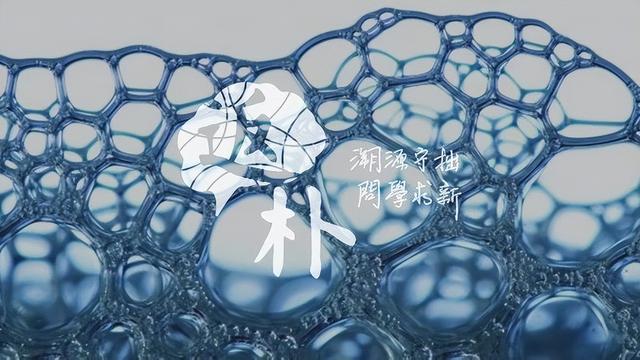
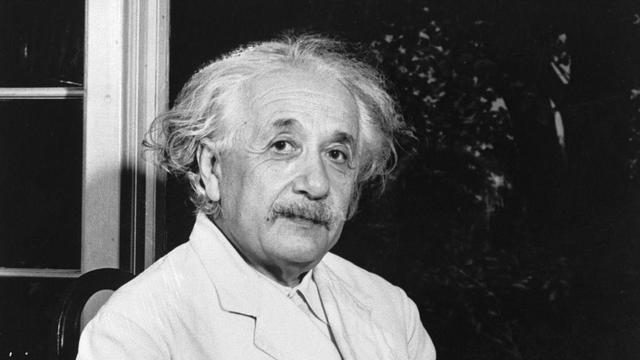

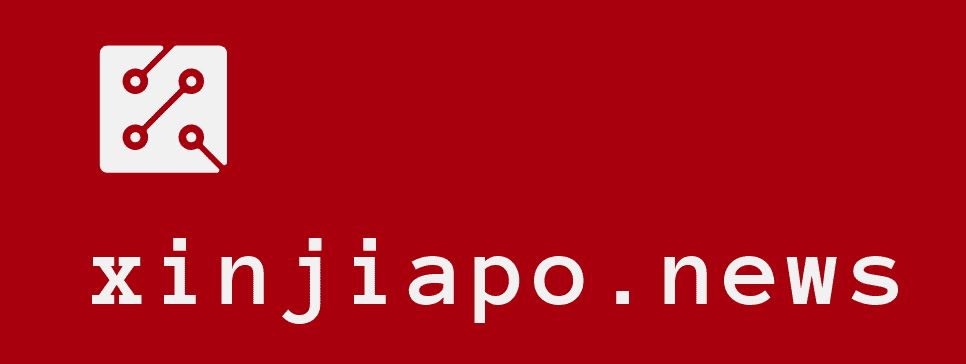
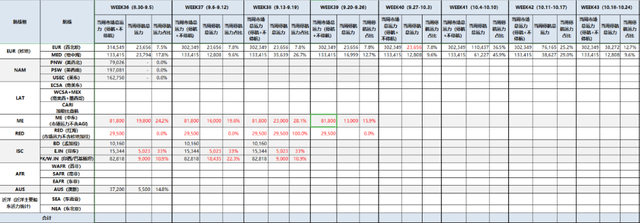

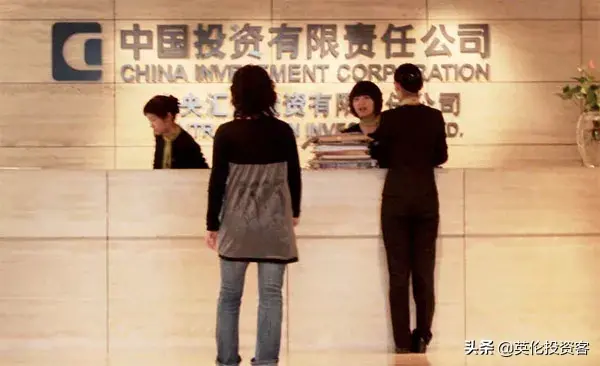











评论